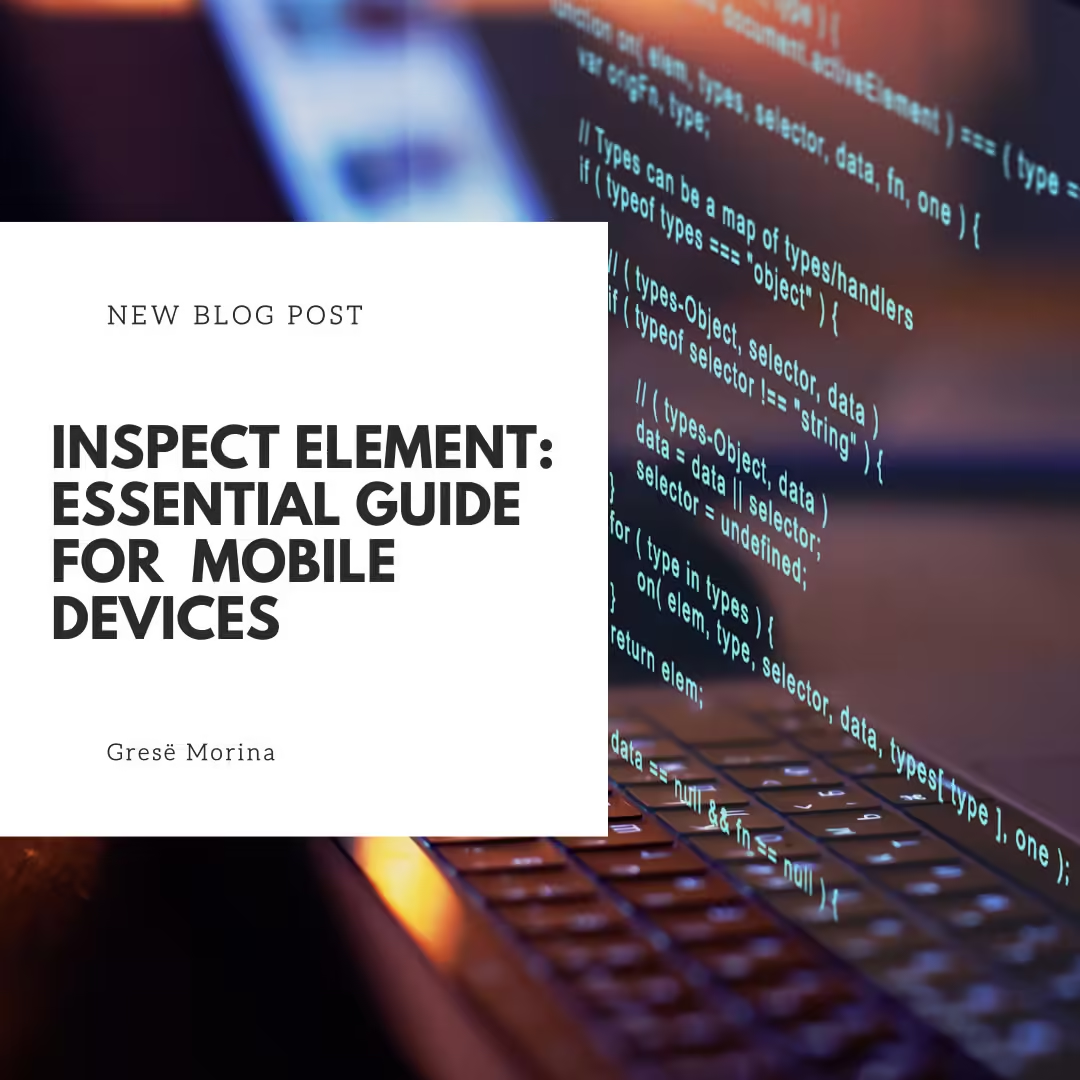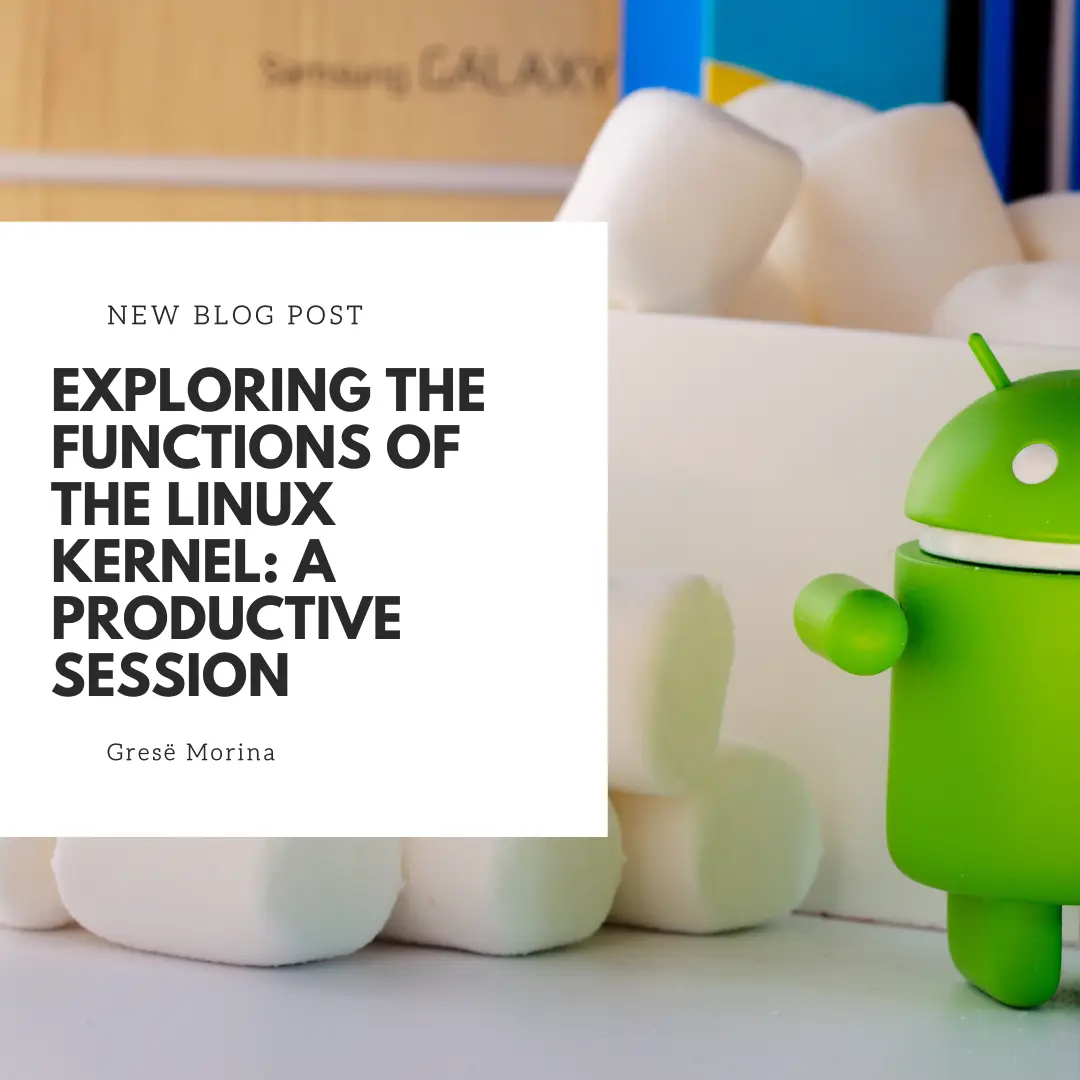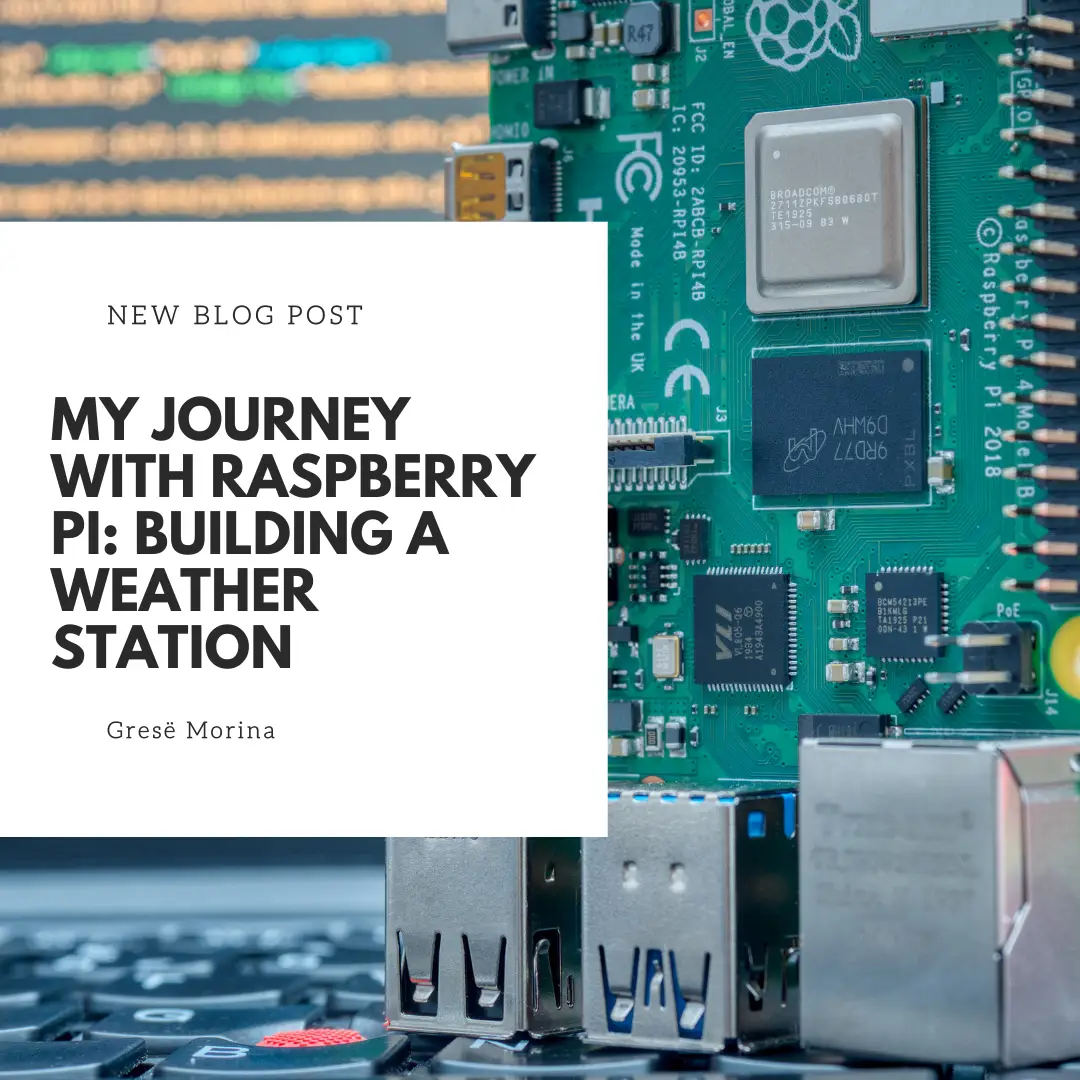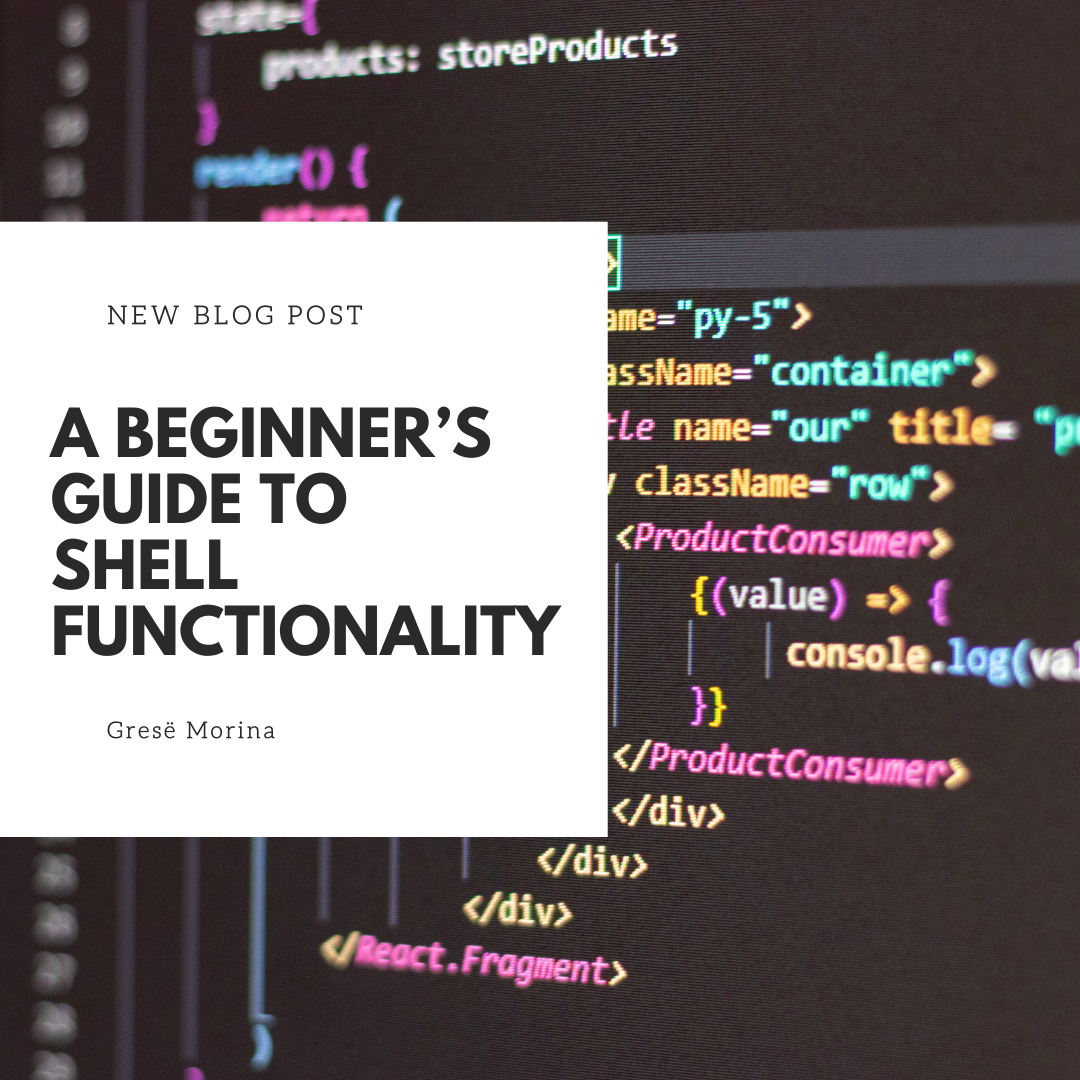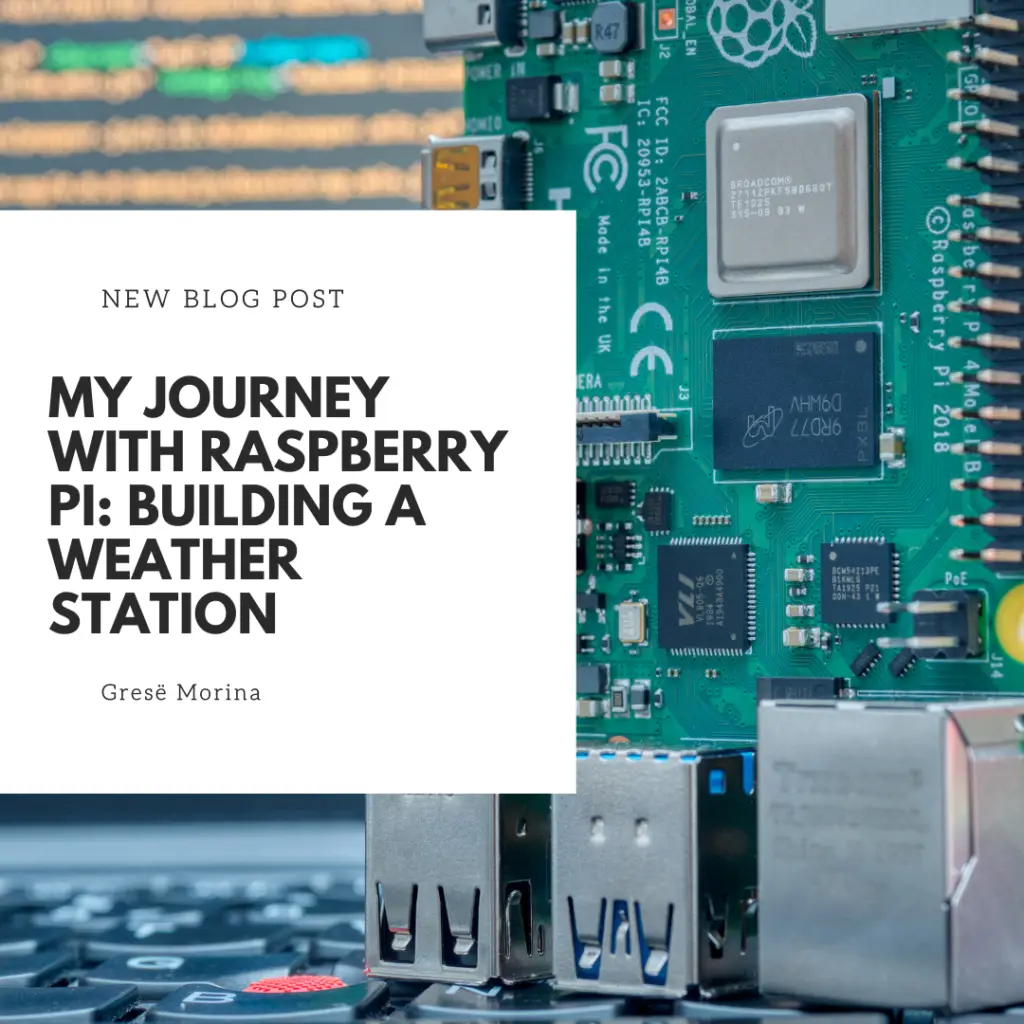
I recently embarked on an exciting project using a Raspberry Pi. My goal was to create a simple weather station that could measure temperature and humidity. I’m thrilled to share my experience and the satisfaction of seeing my project come to life!
Getting Started
To kick things off, I gathered my materials. I opted for a Raspberry Pi 4, a DHT11 sensor for measuring temperature and humidity, a breadboard, jumper wires, and a power supply. The idea of bringing together these components to create something functional was both thrilling and motivating.
Setting Up the Circuit
I began by connecting the DHT11 sensor to the Raspberry Pi. With the sensor’s data pin linked to one of the GPIO pins, I made sure to provide power and ground connections as well. As I arranged the wires and components on the breadboard, I felt a growing sense of anticipation.
Writing the Code
Next, it was time to dive into coding. I decided to use Python, which is a popular choice for Raspberry Pi projects. After installing the necessary libraries, I wrote a simple script to read data from the DHT11 sensor:
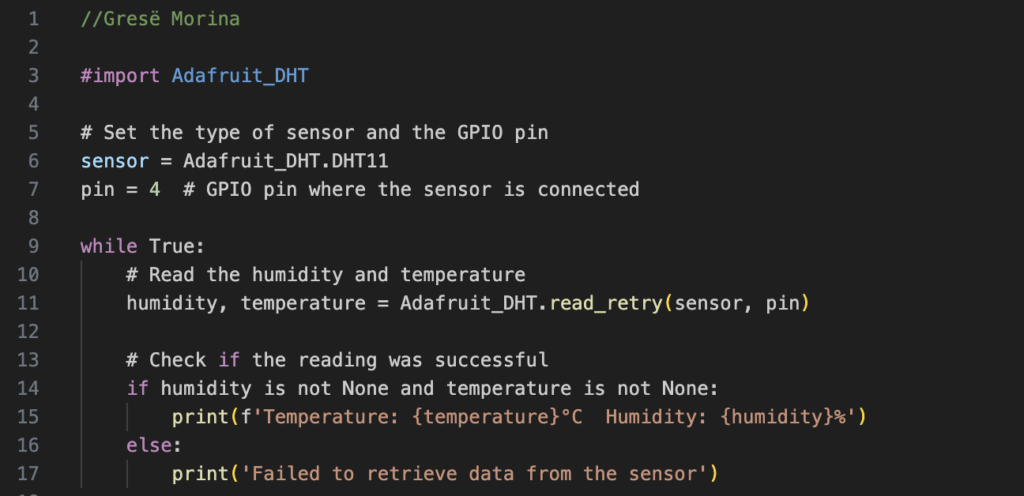
Seeing my code come together was incredibly satisfying. I loved how I could interact with the physical world using just a few lines of code!
Running the Code
With everything set up, I ran my Python script. Watching the terminal display the temperature and humidity readings in real-time was exhilarating. It felt like I had created something meaningful, with immediate, tangible results.
Reflections on the Experience
This project taught me essential skills in both electronics and programming. I learned how to interface sensors with the Raspberry Pi, work with GPIO pins, and write effective Python scripts. Most importantly, I discovered the joy of building something from the ground up and watching it function as intended.
Next Steps
Having successfully created my weather station, I’m eager to expand its capabilities. I’m considering adding features like data logging, integrating a display for real-time readings, or even connecting it to the internet to monitor conditions remotely. The potential for further exploration with the Raspberry Pi is endless!
In conclusion, my first experience with the Raspberry Pi has been incredibly rewarding. It’s a fantastic platform for creativity and innovation, and I’m excited about where this journey will take me next. If you’re thinking about diving into the world of Raspberry Pi, I highly recommend it—there’s nothing quite like the thrill of transforming ideas into reality!

